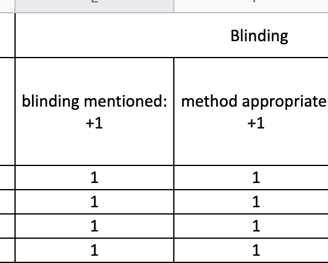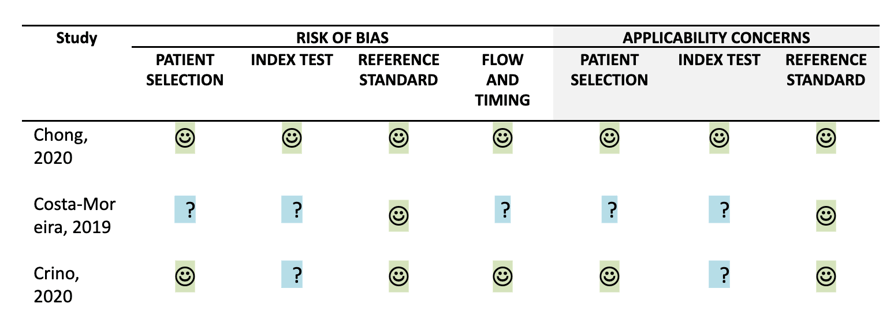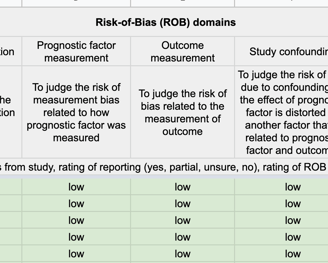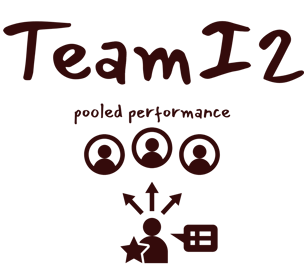Risk of Bias
Bias
In my opinion, bias is the second most worst enemy of any research (sample-size is the first one).
Every study is biased when conceived.
It is important to take all necessary steps to avoid and report potential bias.
Tools
Multiple tools are available to assess and report the risk of bias.
Choose the appropriate one based on the study, patient sample and outcomes.
Newcastle-Ottawa scale for cohort studies, Jadad scale for RCTs, QUADAS2 for diagnostic accuracy studies and QUIPS scale for prognostic factor assessment studies are some of the examples.
Assessment
Risk-of-bias assessment is pretty straight forward.
You will get the information you need on simple google search.
At many sites you will also get downloadable forms that you can directly start filling in.
Newcastle Ottawa scale
NOS scale is frequently used to report risk of bias in cohort studies with comparison group.
Modification can be made for single-arm cohort studies.


Jadad scale
Jadad is straightforward and easy to use tool for meta-analysis of RCTs.


QUADAS2
QUADAS stands for quality assessment of diagnostic accuracy studies. (thanks to Dr. Deepak Madhu MD, DM; Lisie Hospital, Kochi, India)


QUIPS
QUIPS stands for quality in prognostic studies.


Risk of bias video
Imperfect
No tool is perfect.
Use any that your team is comfortable with.
Details of the assessment can usually be presented as supplementary material.
Keep the report simple on your main manuscript.


